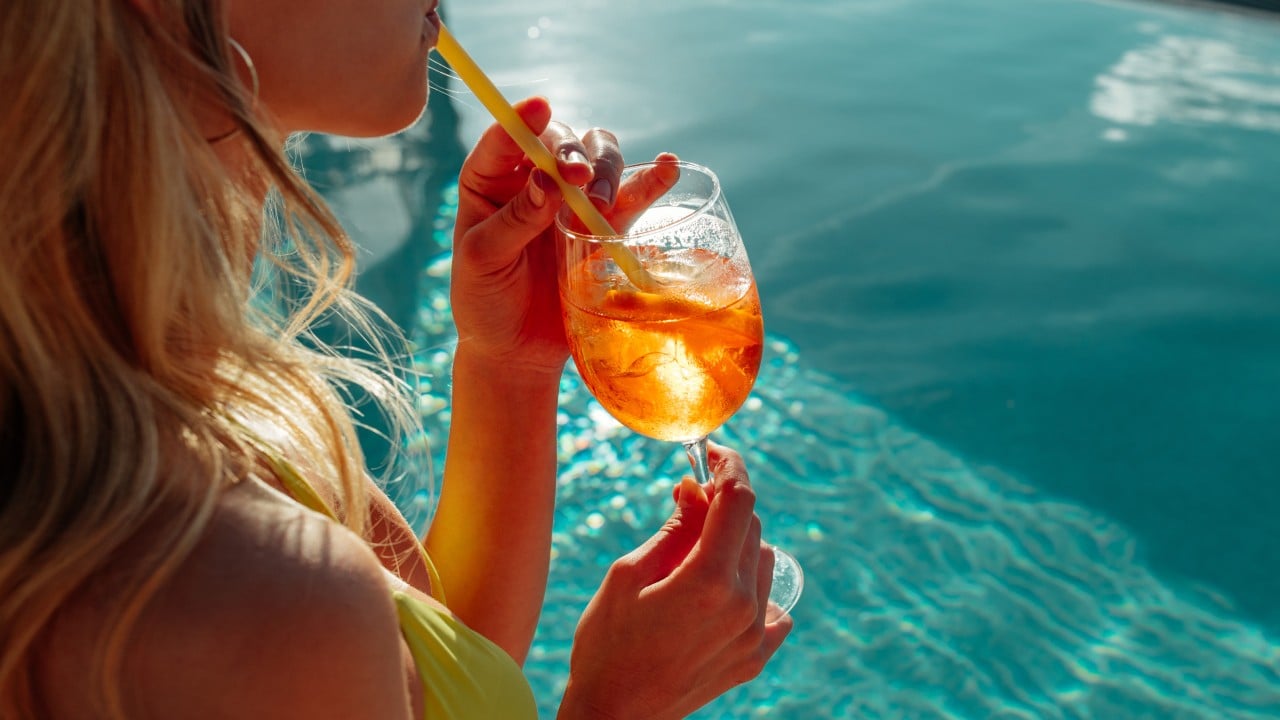The most popular summer drink these days might still be Aperol Spritz, but recently there have been claims online suggesting that colourings contained in the aperitif are toxic and carcinogenic. The good news is that we checked out this claim and found that it is misleading. The concerns relate to Aperol, one of the brands of the Campari Group and an Italian liqueur used as an aperitif or a mixer in cocktails.
The aromatic liqueur was invented in Italy by brothers Luigi and Silvio Barbieri, who wanted to create a light aperitif unique to their town. The drink was launched at the 1919 Padua International Fair, a trade event that included a section dedicated to food, travel and lifestyle. The liqueur was an immediate hit, although it was not until the 1950s that the Aperol Spritz was created.

According to the official Aperol website, the recipe for the enigmatic liqueur has never been changed, but offers that it includes ingredients such as bitter and sweet oranges, rhubarb, and gentian. It adds that the “ideal way to enjoy Aperol is in an Aperol Spritz”. You make an Aperol Spritz by mixing it with Prosecco and mineral water – the brand asserts that the perfect ratio is three parts prosecco to two parts Aperol with a splash of soda – and these days, you can also find drinks similar to Aperol on offer at supermarkets under their own brands.
Aperol owes its striking orange-red colour to the two added artificial colourings: E110 (yellow-orange S) and E124 (cochineal red A).























